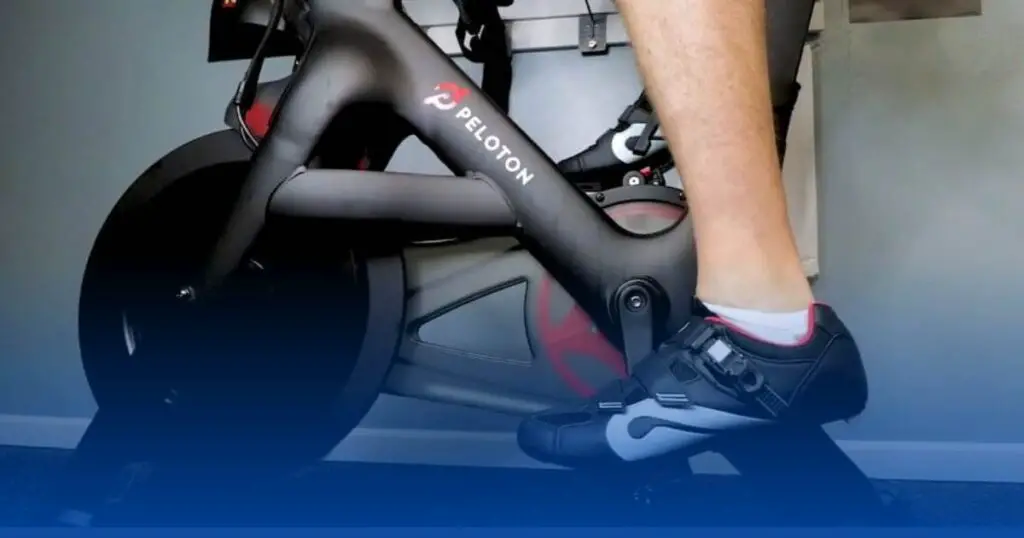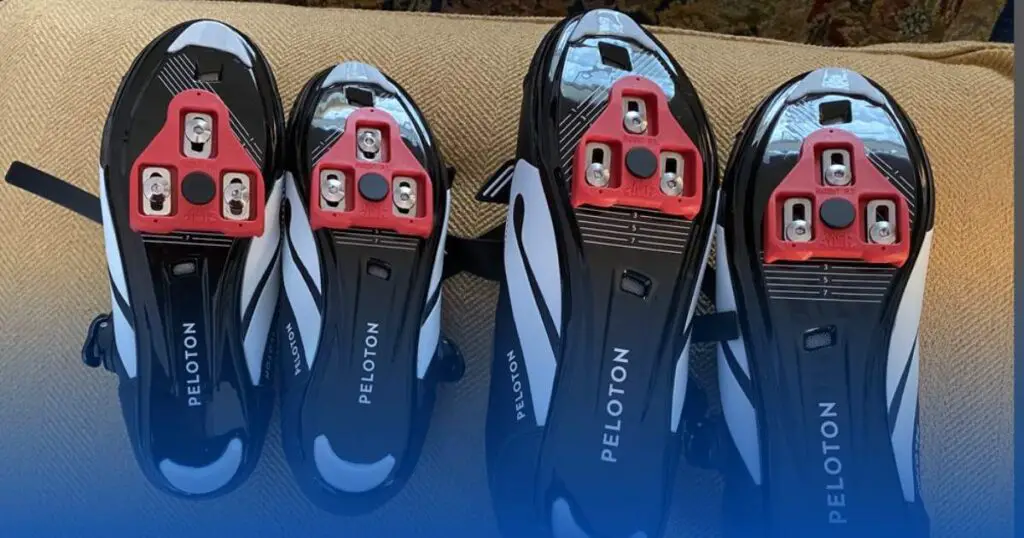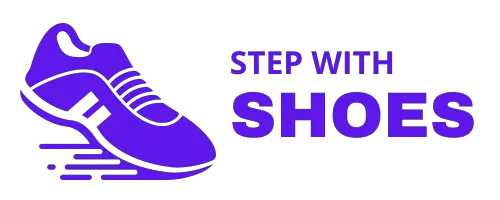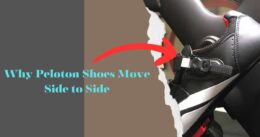Now, about lateral movement in these shoes—it’s a bit of a hot topic. Some folks have noticed a wobble when they’re doing side-to-side moves in their Peloton workouts. It’s like your shoes are doing the cha-cha when you’re trying to break a sweat. In this post, we’re getting into the nitty-gritty of why this happens, sharing stories from other Peloton users, and, most importantly, giving you the lowdown on how to keep your feet happy and stable during all those excellent Peloton exercises. Stick around, and let’s dive into the world of Peloton shoes and lateral moves.
Understanding Lateral Movement in Fitness
What’s the Deal with Moving Side to Side in Workouts?
Have you ever noticed how some exercises make you sway or shuffle sideways? That’s lateral movement, and it’s more than just a fancy gym term. It’s the side-to-side action that fires up different muscles, making your workout more dynamic. Imagine side lunges, stepping to the side, or doing those lively lateral leg raises—these moves are all about lateral action, boosting your overall fitness game.
Why Your Peloton Shoes Need to Have Your Side
Now, let’s talk Peloton shoes. These babies are tailor-made for indoor cycling, but what about those moments when your ride takes a turn to the side? That’s where lateral support kicks in. Think of it as your shoes being the loyal sidekicks, keeping you steady during intense Peloton sprints or when you’re rocking those side pedal strokes. We’ll dive into how Peloton shoes are designed to have your back (and sides), ensuring you get the most out of your workout without feeling wobbly or risking a misstep. Understanding this is your secret weapon for a smoother, safer, and more enjoyable ride.
Peloton Shoes: What Sets Them Apart

Taking a Closer Look at Peloton Shoe Design
Peloton shoes are your secret weapon for indoor cycling bliss, designed with your comfort and performance in mind. Imagine slipping into a pair that not only keeps your feet cool with breathable materials but also hugs them snugly, thanks to intelligent strap and buckle setups. It’s like your feet found a cozy home that won’t let them slip and slide during your most intense rides.
Now, let’s talk about the sole – the unsung hero of Peloton shoes. It’s tough where it needs to be, ensuring every bit of power you generate goes straight to those pedals. But here’s the kicker: it’s not all stiffness. Peloton shoes throw in some flexibility at just the right spots. Why? Let your feet move naturally, especially when you’re rocking those side-to-side moves. It’s the kind of thoughtful design that turns a good workout into a great one.
Nailing Lateral Support: Your Sidekick in Every Ride
Peloton shoes get that indoor cycling isn’t just about pushing forward. There’s a lot of shimmying, shaking, and swaying involved, especially in those high-energy moments. That’s where Peloton shoes step up their game. Have you ever noticed those reinforced sidewalls? They’re like the bodyguards of your feet, keeping them steady during all those side-to-side shenanigans.
And let’s talk traction – that magic glue that keeps you connected to the pedals. Peloton shoes have it down to a science, with an outsole pattern that’s all about grip, even when you’re pulling off some serious dance moves on your bike—the materials? It’s tough enough to handle your regular cycling escapades without breaking a sweat.
So, when you’re pedaling in Peloton shoes, you’re not just cycling; you’re experiencing a ride where support meets style. It’s like having a personal trainer for your feet, ensuring you can focus on breaking a sweat without worrying about slipping up. Now, who said indoor cycling couldn’t be a comfortable, stylish affair?
Finding the Right Fit for Happy Feet
Imagine slipping into Peloton shoes like they’re custom-made for your feet. It’s not just about the size; it’s about that Goldilocks fit – not too tight, not too loose. Think of it as finding your Cinderella moment for a spin class. Go ahead, try a size up or down from your usual, and don’t forget about width. These shoes should hug your feet just right, providing the stability you need without feeling like they’re squeezing the life out of your toes.
And here’s the secret sauce: pay attention to how those shoes close up shop. Whether it’s old-school laces, Velcro buddies, or a fancy BOA system, make sure they snug up where it matters – around your midfoot and heel. It’s like giving your feet a reassuring high-five before you hit the pedals. Your feet deserve that kind of love.
Rock-Solid Stability for Smooth Rides
Picture this: you’re on your Peloton, cruising like a rockstar, not wobbling side to side like a beginner. How? It’s not rocket science; it’s about getting your core into the groove. Tighten up those tummy muscles – think about it like strapping on a superhero belt for your abs. Planks and bicycle crunches? Yeah, they’re not just for Instagram fitness models; they’re your secret weapons for a stable ride.
And then there’s the posture party. No slouching, no leaning – imagine you’re a majestic eagle soaring through the virtual hills. Align those shoulders, hips, and feet, and you’re golden. It’s like a dance, only on a bike. Oh, and don’t rush it; Rome wasn’t built in a day, and neither is your Peloton stability. Gradually turn up the intensity, let your body catch the rhythm, and soon, you’ll be gliding through those rides like a pro. Smooth and steady, that’s the name of the game.
Tips for a More Stable Ride
Ensuring your Peloton shoes fit like a glove is the first step to tackling any sliding or discomfort. Double-check your size by following Peloton’s sizing guide or reaching out to their helpful customer support. This simple move can make a world of difference, offering you a snug fit that anchors you firmly during workouts.
It’s not just about the shoes; it’s also about how you use them. Focus on standing tall and distributing your weight evenly. Imagine roots growing from your feet into the floor, keeping you steady. Incorporating exercises that sway side to side, like fancy lateral lunges, can train your muscles to be your lateral movement bodyguards.
Finding Your Perfect Fit
If you’re still feeling the slide despite your best efforts, consider alternative Peloton shoe buddies. Check out brands known for their cross-training or studio shoes – they often pack extra features to keep you steady during those intense rides. Look for shoes with sturdy sides, a snug locking system, and rugged soles for that extra grip.
And hey, if you’re feeling adventurous, why not customize your Peloton pals? Some users swear by aftermarket insoles that can turn your shoes into personalized comfort zones. These magical inserts provide extra arch support or lateral stability, turning your workout into a smooth ride. Just make sure these tweaks play nice with your Peloton shoes’ original design – we wouldn’t want any unintended hiccups during your spin sessions!
Finding the Right Shoes for Peloton Fun

So, you’re jazzed about your Peloton workouts, but the shoe shuffle is getting old. Let’s talk alternatives – shoes that won’t have you doing the hokey-pokey on the bike. Think cross-training shoes; they’re like the all-in-one tool in your fitness toolbox. Brands like Nike or Adidas know the drill, crafting kicks that keep you steady during those side-to-side moves. Check out user reviews – they spill the tea on what shoes really cut it on the Peloton dance floor.
Now, let’s dive into tweaking those kicks. Have you ever heard of insoles? They’re like the unsung heroes of shoe comfort. Get ones geared for lateral support, and you’ll feel the difference. But wait, there’s more – think about pimping your shoes with extra straps or cool inserts. Some folks swear by cobblers or shoe wizards who can tailor-make your Peloton shoes for the ultimate snug fit. Bottom line – customizing your kicks is the secret sauce to a smooth Peloton ride. So, kick off the shoe stress and enjoy your workout waltz!
Taking Care of Your Peloton Shoes
Let’s talk about keeping your Peloton shoes in tip-top shape! Firstly, give them a wipe-down after your workouts using a damp cloth – it’s like a mini spa day for your shoes. Skip the heavy-duty cleaners; a mild soap or a Peloton-approved shoe cleaner works wonders without causing any harm.
And here’s a pro tip: let those shoes breathe! After a sweat session, let them air dry. It’s a simple move that helps keep things fresh and prevents any funky odors from making a surprise appearance. Keep an eye on how your shoes are fastened too – whether it’s laces or straps, make sure they’re snug and doing their job. It’s like making sure your shoes are giving you a reasonable, supportive hug.
Prolonging the Life of Your Peloton Kicks
Now, let’s chat about making those Peloton shoes last longer. Have you ever thought about having a shoe wardrobe? Rotating between a few pairs helps spread the love and ensures no one pair takes all the beating. It’s like having a squad of shoes to back you up during different workouts.
Consider adding some insoles to the mix – they’re like the secret agents of shoe comfort. Customize your shoes to your liking and let your feet revel in the luxury. When your workout shoes aren’t stealing the show, store them in a cool, dry place. Think of it as giving your boots a cozy home to chill in when they’re not on active duty.
Lastly, stay in the know about Peloton updates. Just like your phone gets software updates, your shoes might have some news, too. Keeping up means you’re not just staying stylish, but you’re also getting the most out of the latest and greatest in shoe tech. Happy exercising!
Unlocking Peloton Shoe Secrets for Smoother Workouts
*Ever wondered why your Peloton shoes seem to move a bit too much sideways during your workouts? Let’s dive into the nitty-gritty with insights from fitness pro-Dr Sarah Rodriguez and shoe guru John Harper. Dr. Rodriguez spills the beans on why lateral stability is your workout BFF and why Peloton shoes are more than just fancy footwear.*
*But wait, there’s more! John Harper, the shoe whisperer, walks us through the cool design stuff that makes Peloton shoes stand out. There is no jargon, just the scoop on how these shoes keep you from wobbling during those killer side-to-side moves.*
*And guess what? It’s not just about the shoes – both Dr. Rodriguez and Harper give us the lowdown on why your foot shape matters. They spill the beans on how to pick the right size and why it’s crucial for a comfy workout. So, let’s ditch the confusion and make sure your Peloton journey is smooth and steady.
Recap of What We Explored
Let’s rewind a bit and sum up the good stuff we covered in this blog. We started by chatting about why that side-to-side shimmy in your Peloton shoes is worth our attention. It’s not just a wiggle; it’s a crucial part of your fitness game.
Then, we took a closer look at those Peloton shoes – you know, the ones strapped to your feet during those intense pedal sessions. We unpacked the nifty design features that make them your trusty workout sidekicks, especially when it comes to handling lateral moves.
It’s not all about tech specs. We got real by sharing stories straight from fellow Peloton enthusiasts. Have you ever felt your shoes playing a sneaky game of musical chairs during a workout? Turns out, you’re not alone. We listened, learned, and made sense of those shared experiences.


